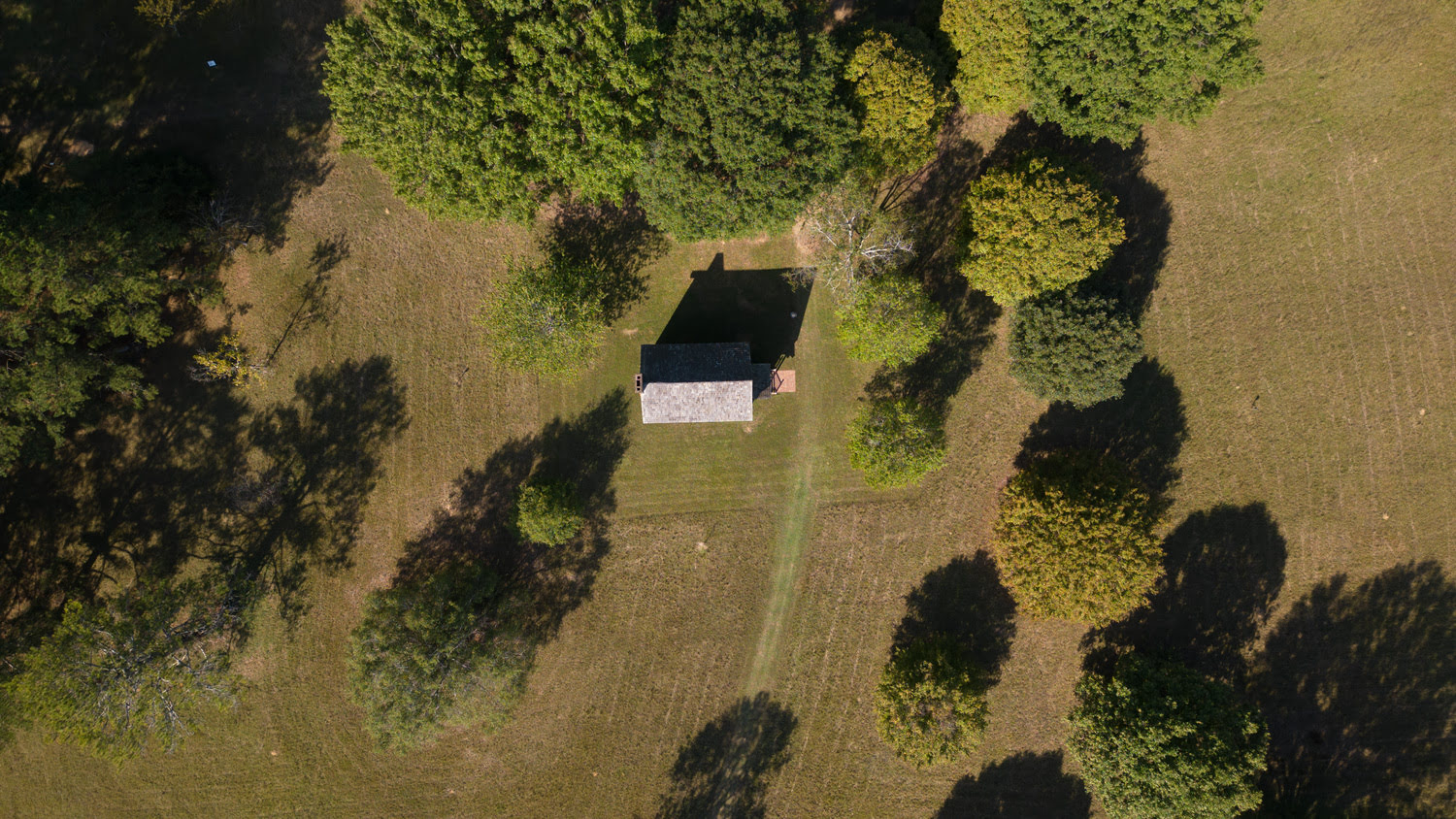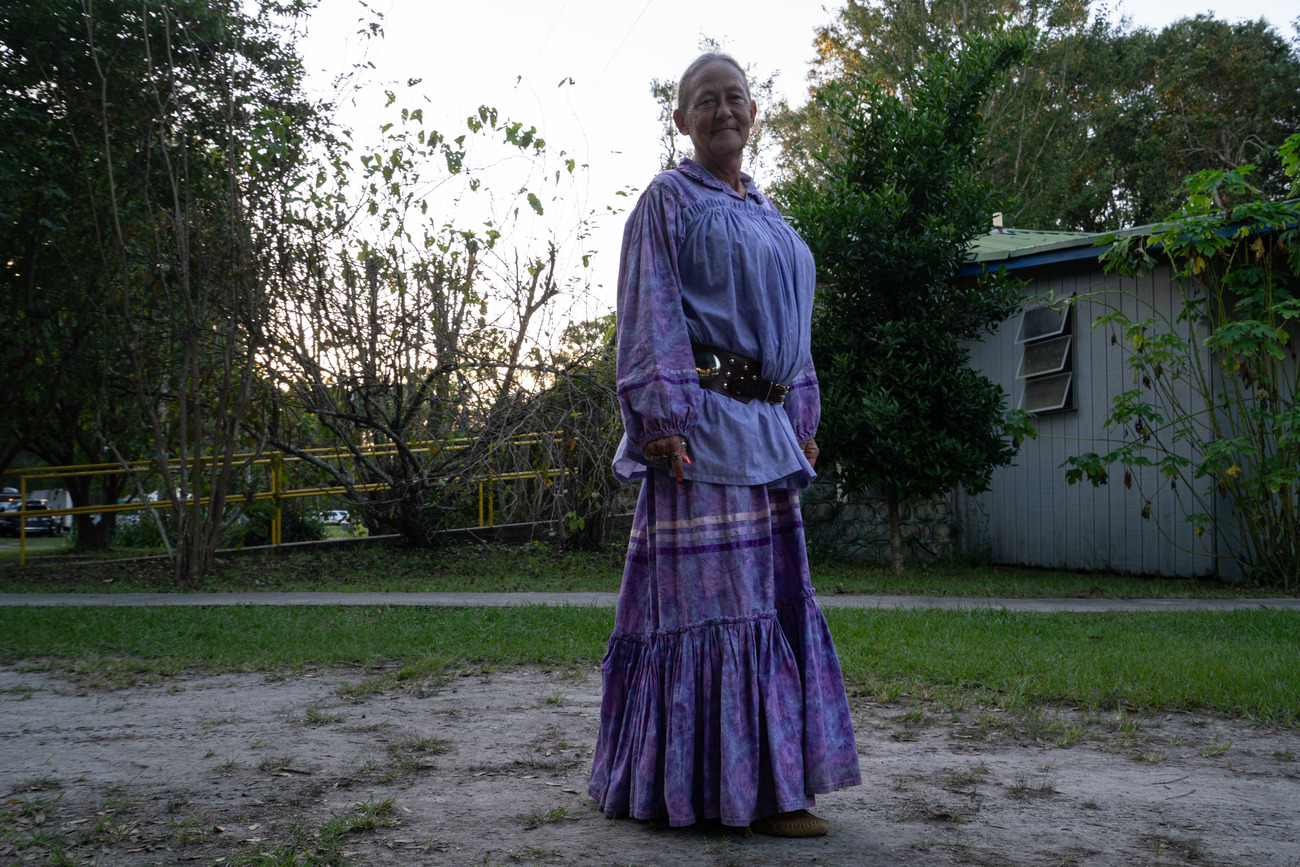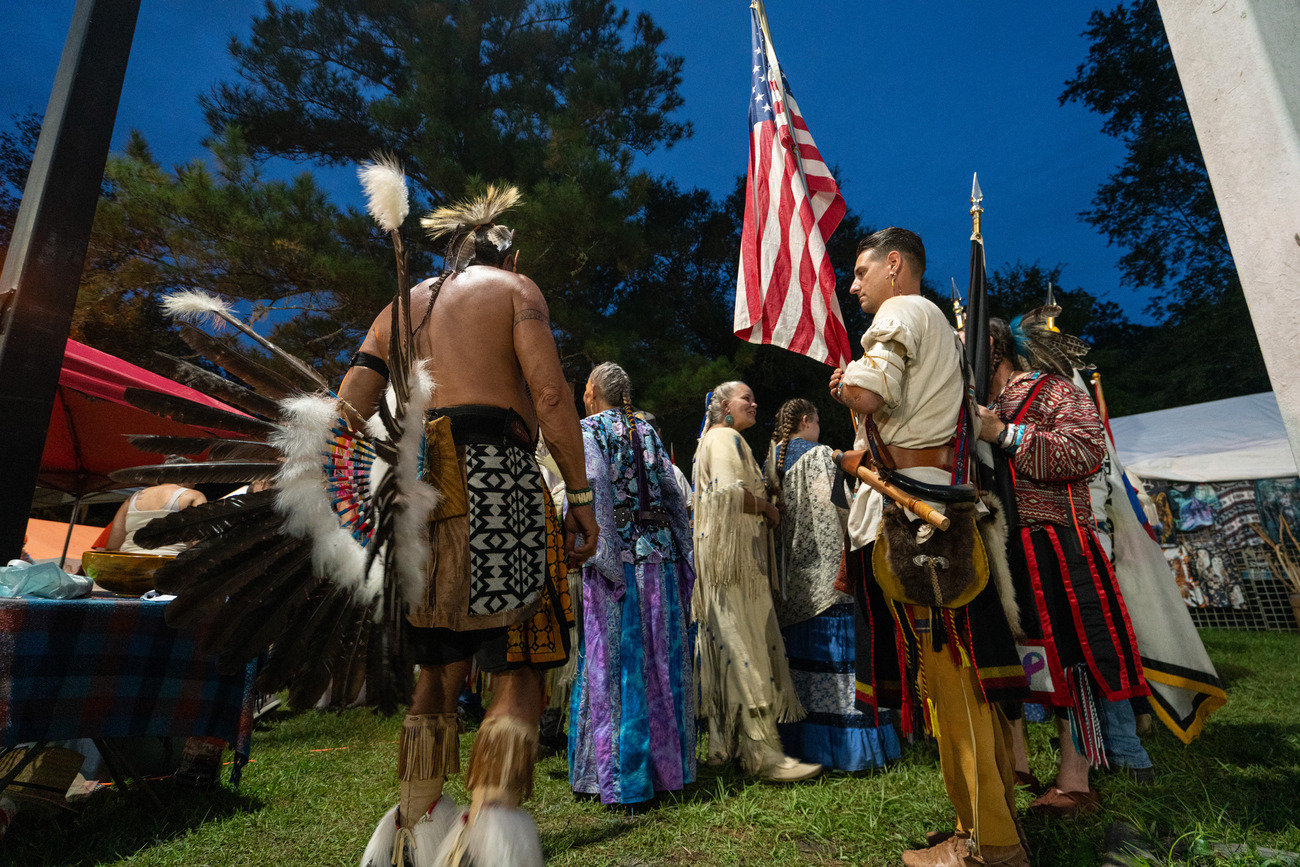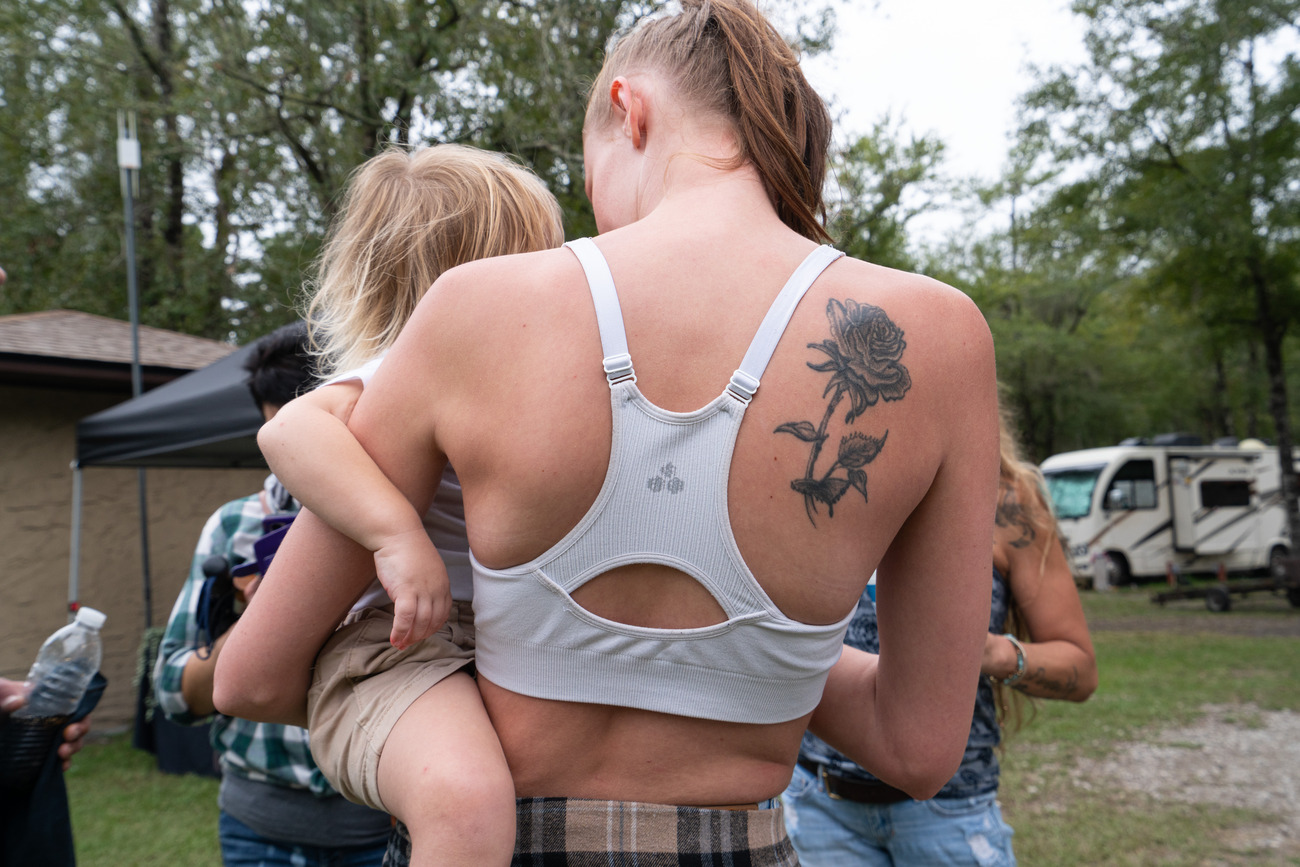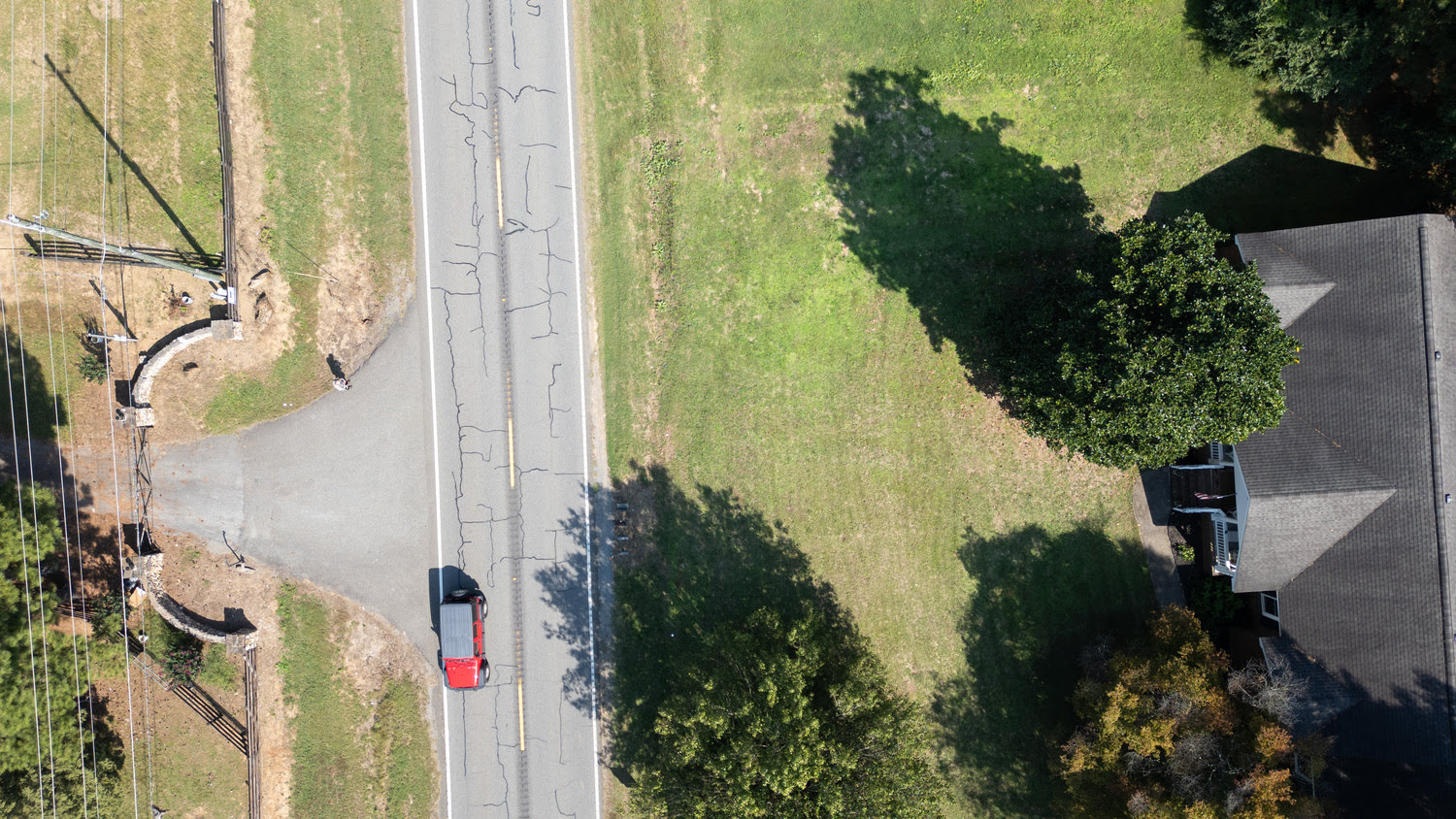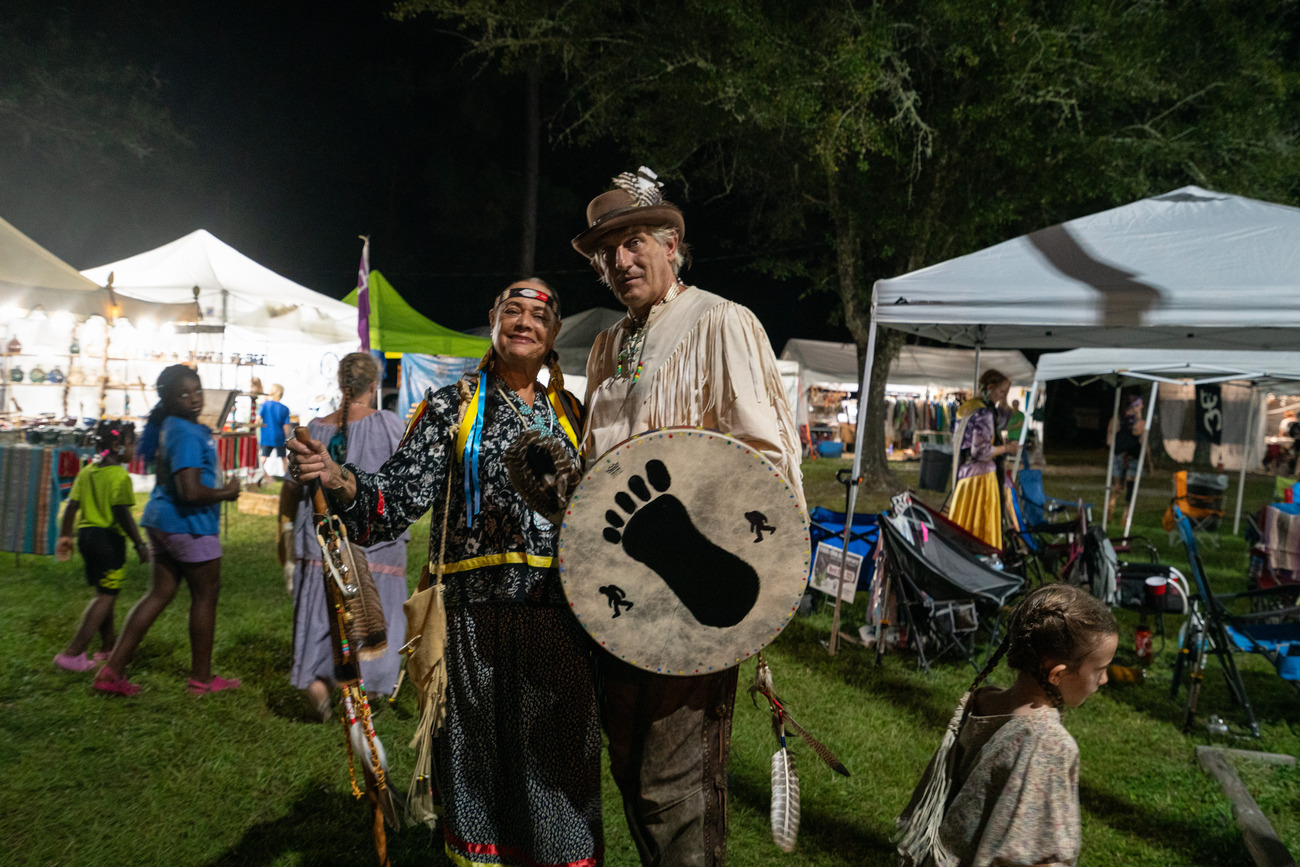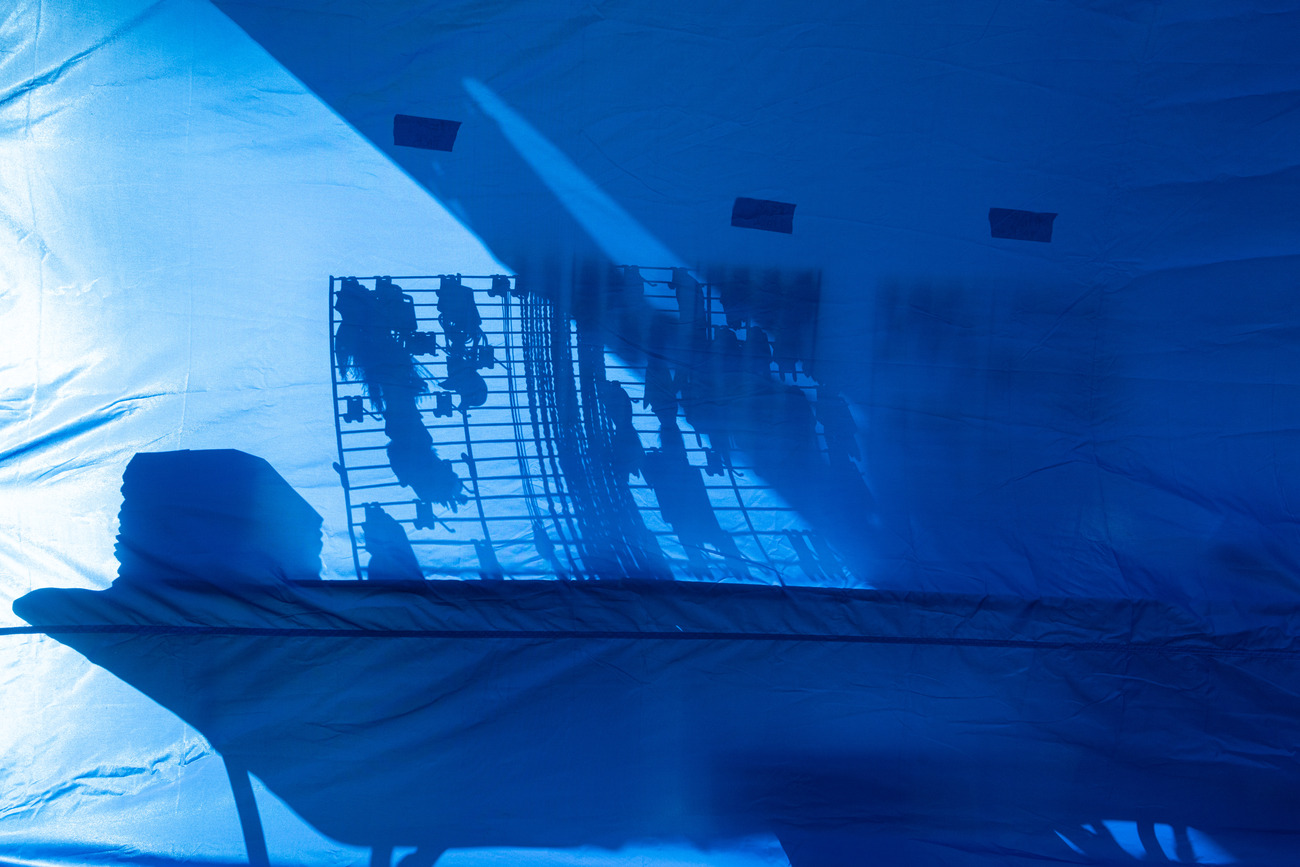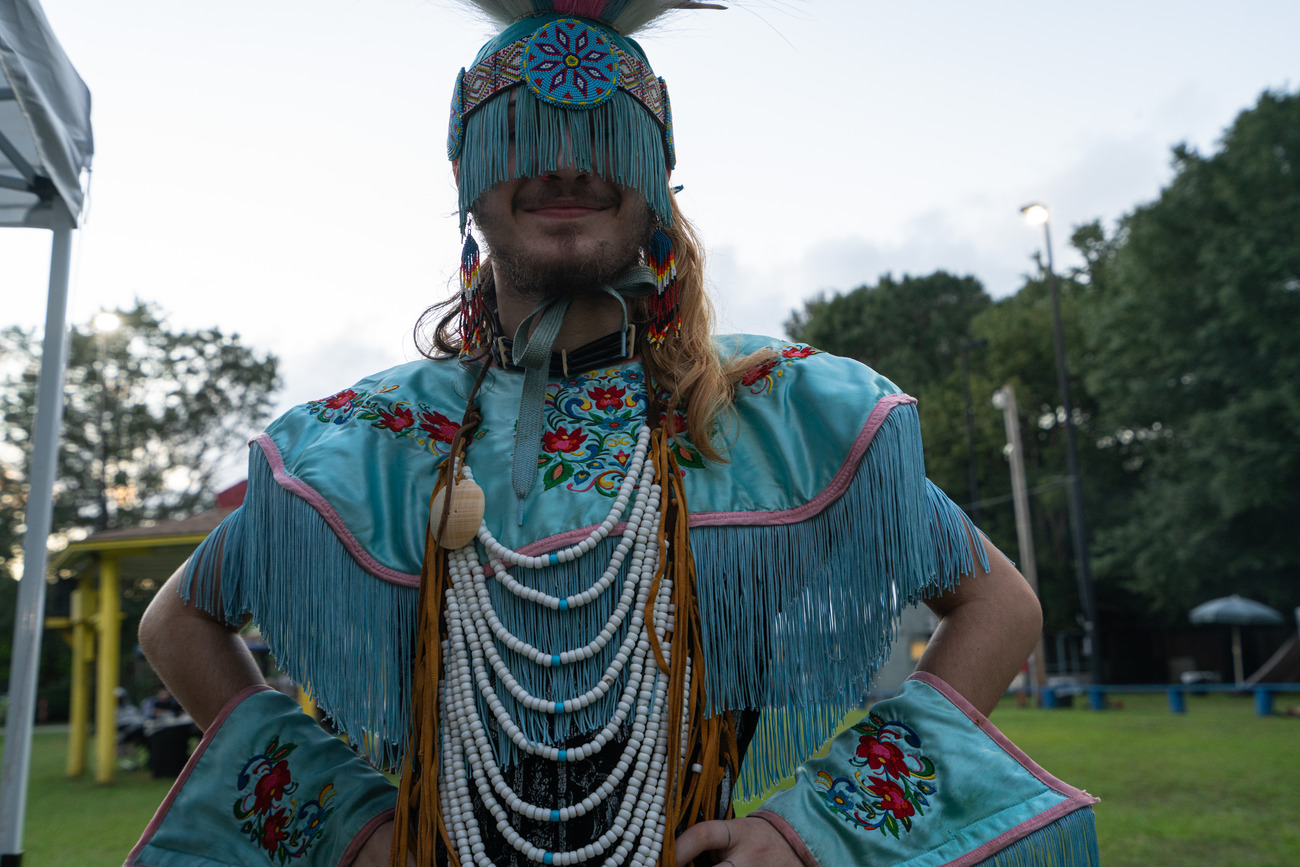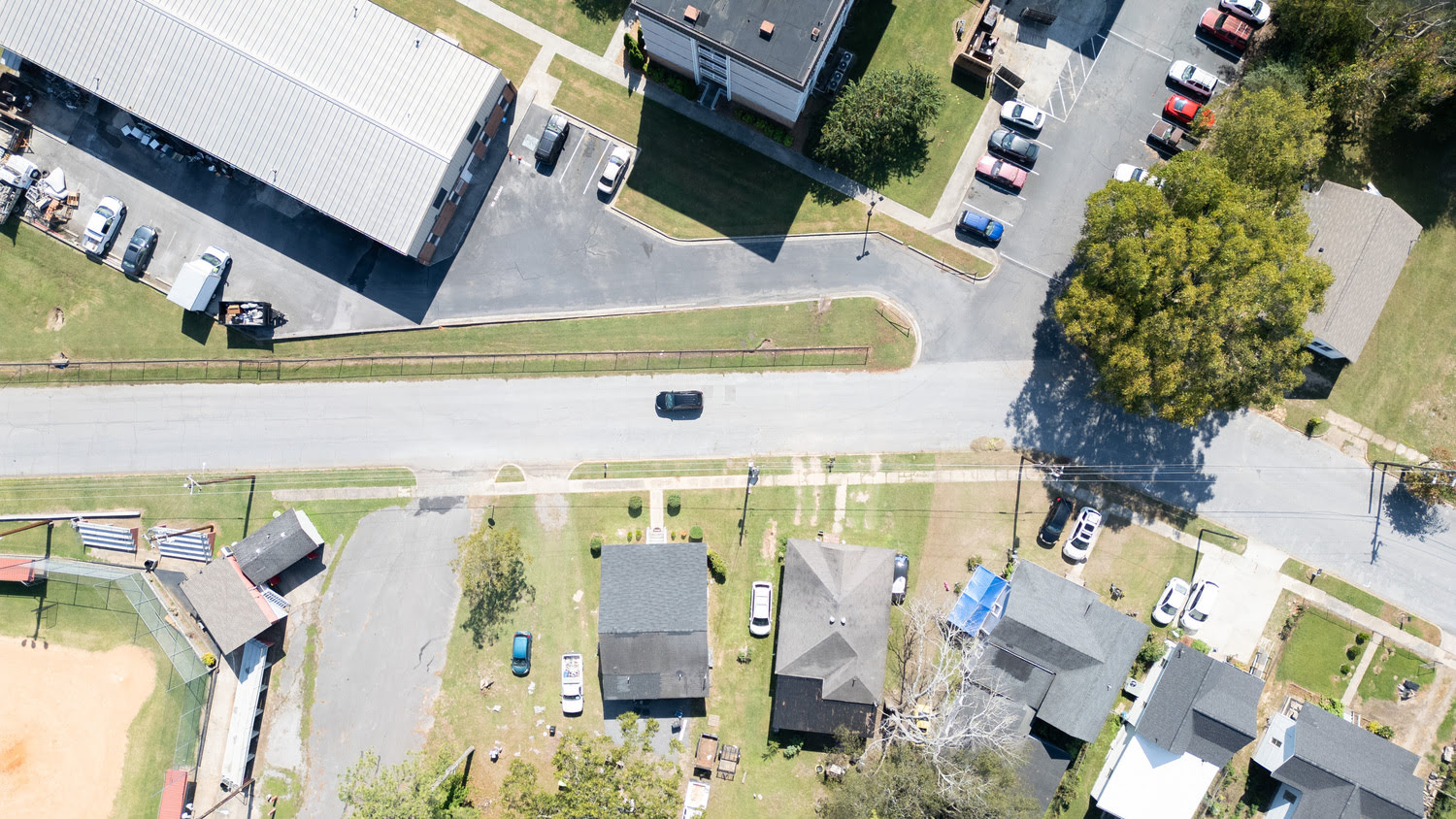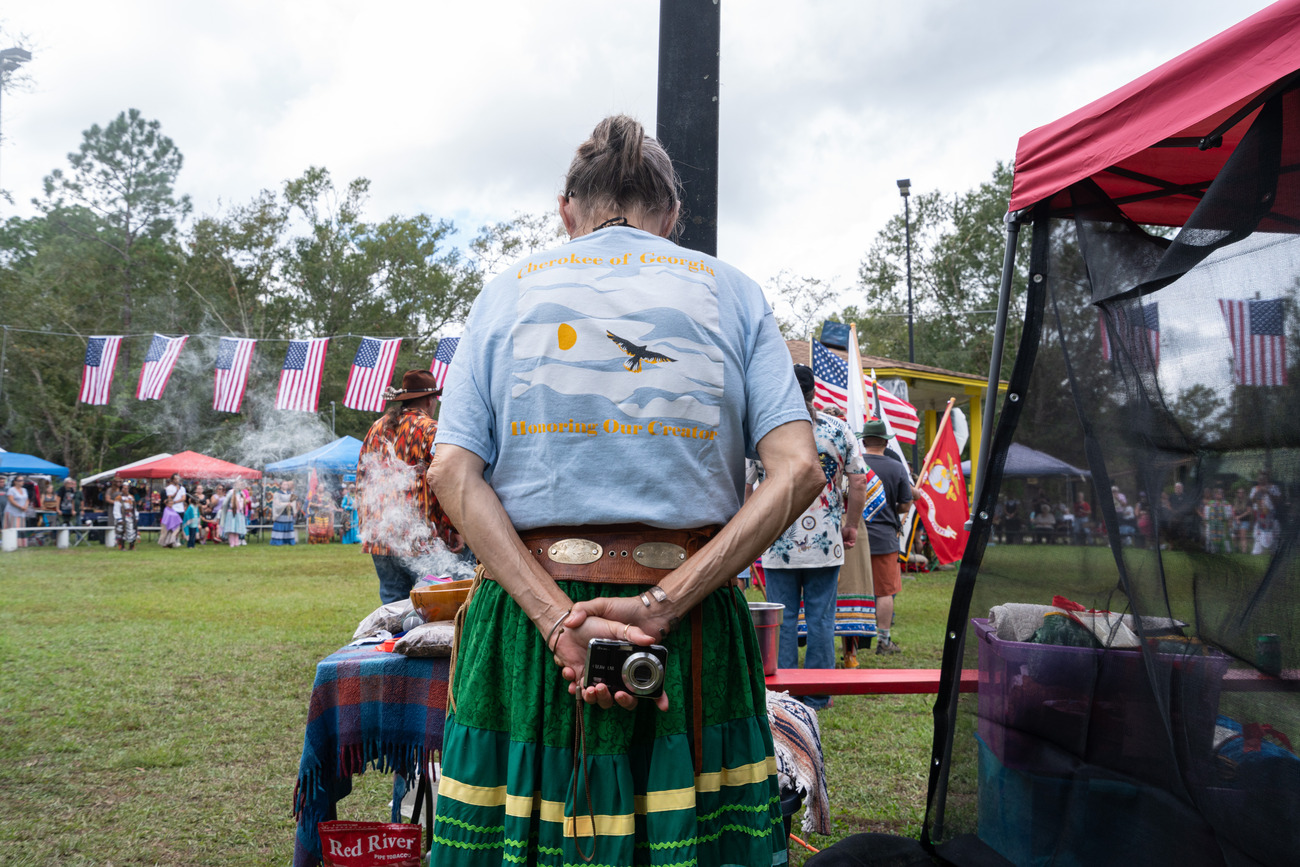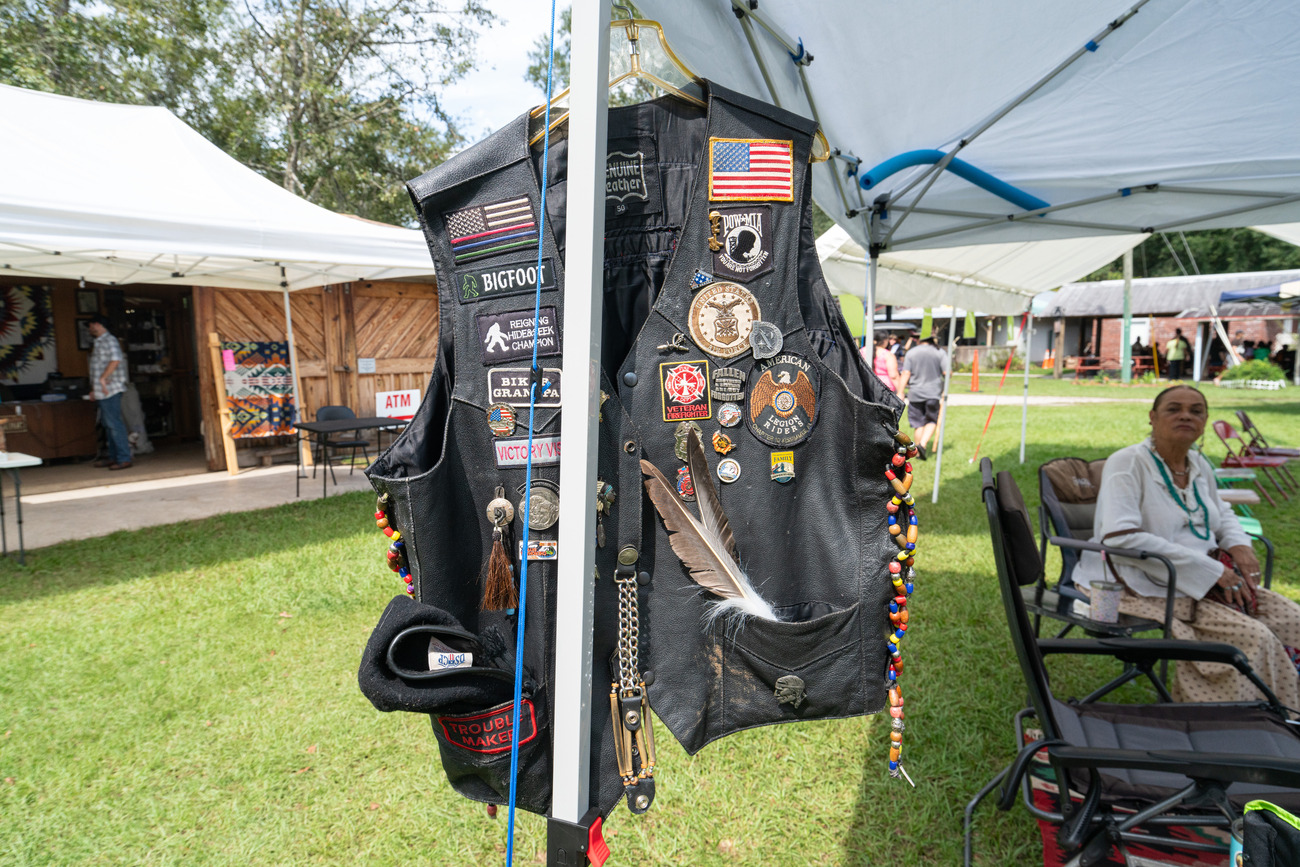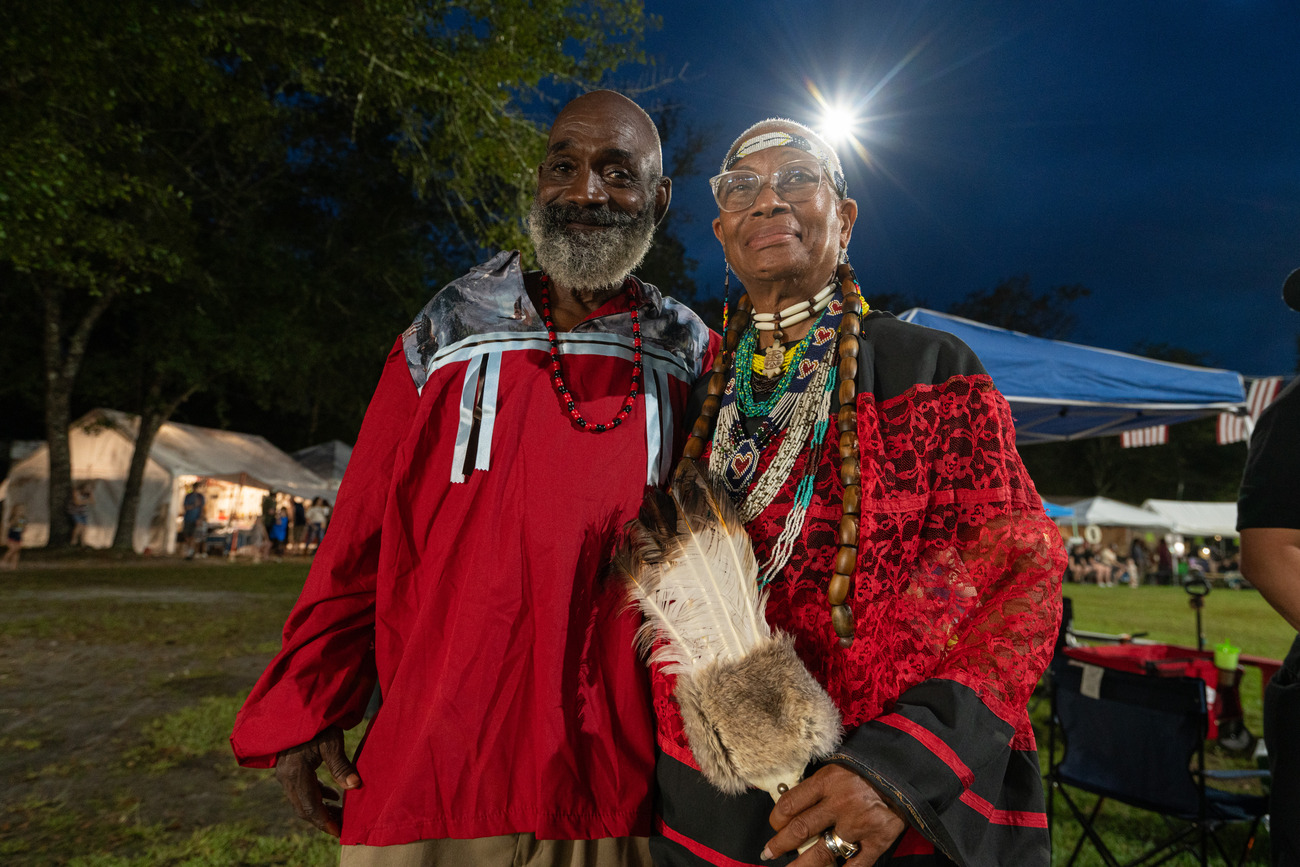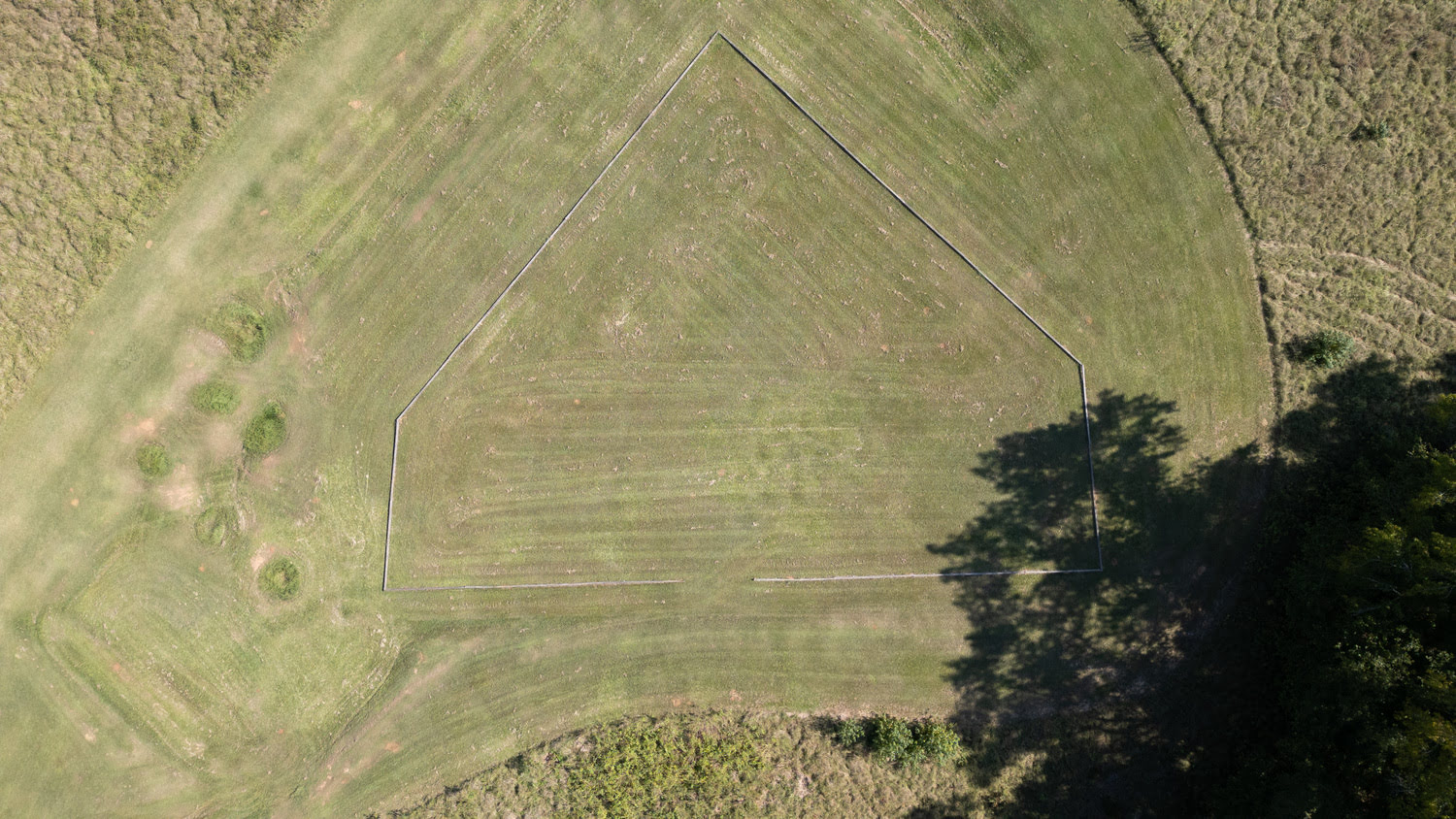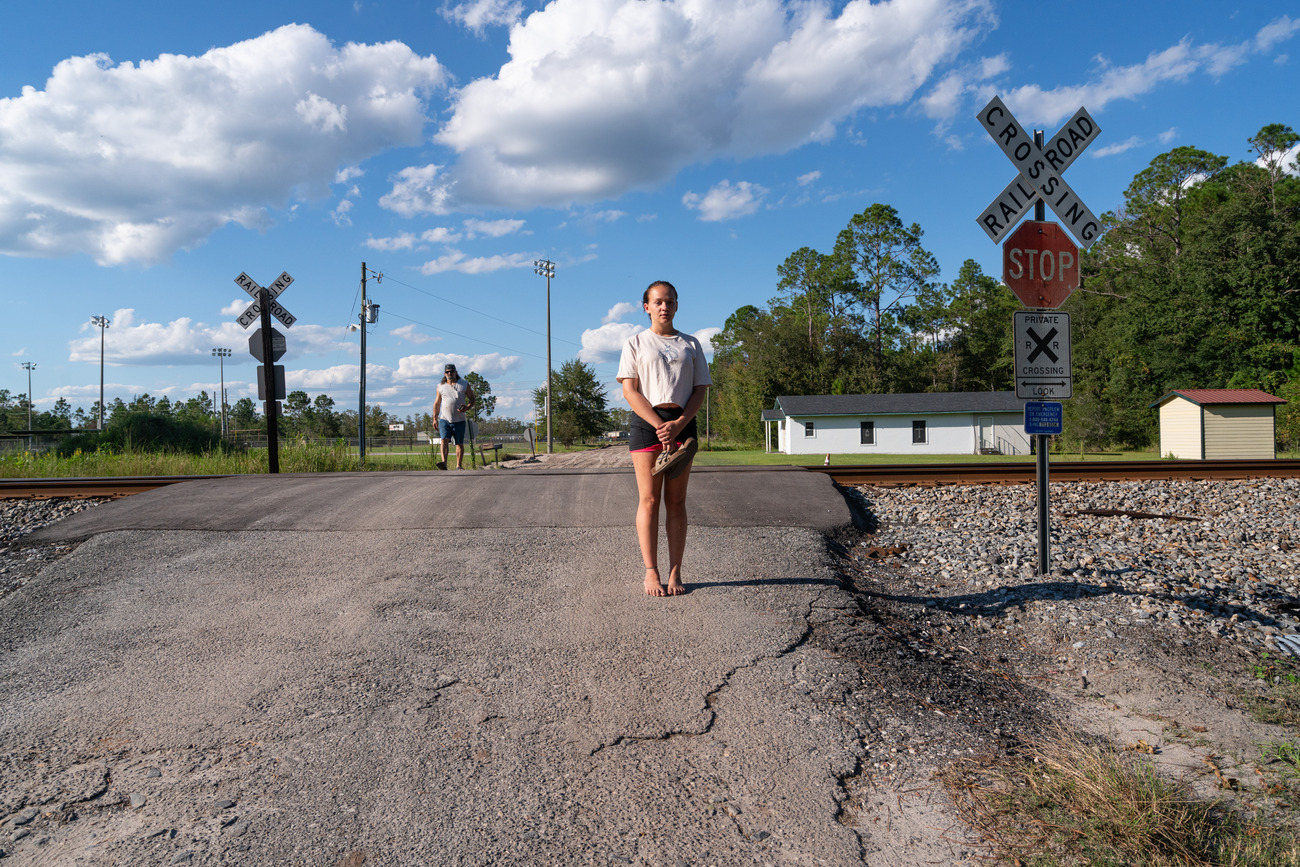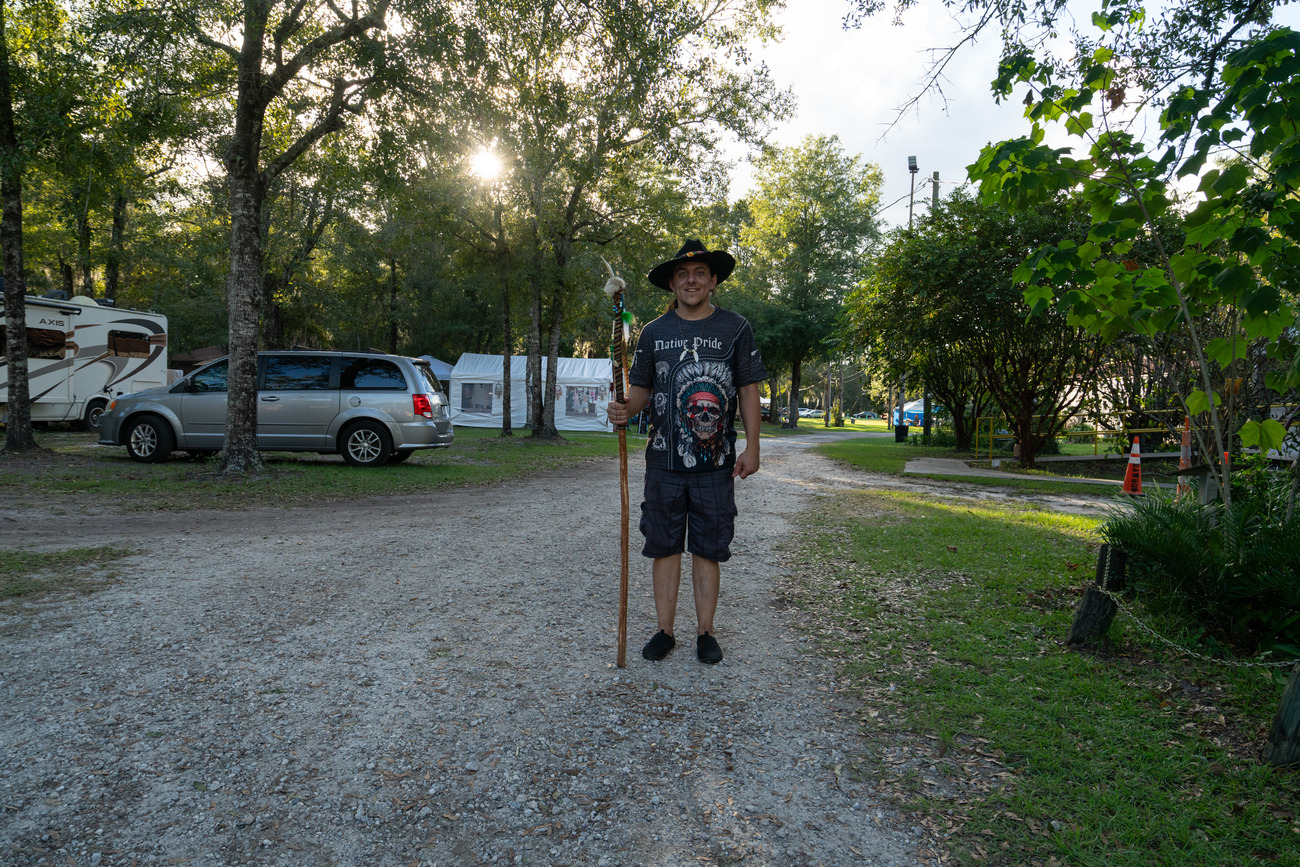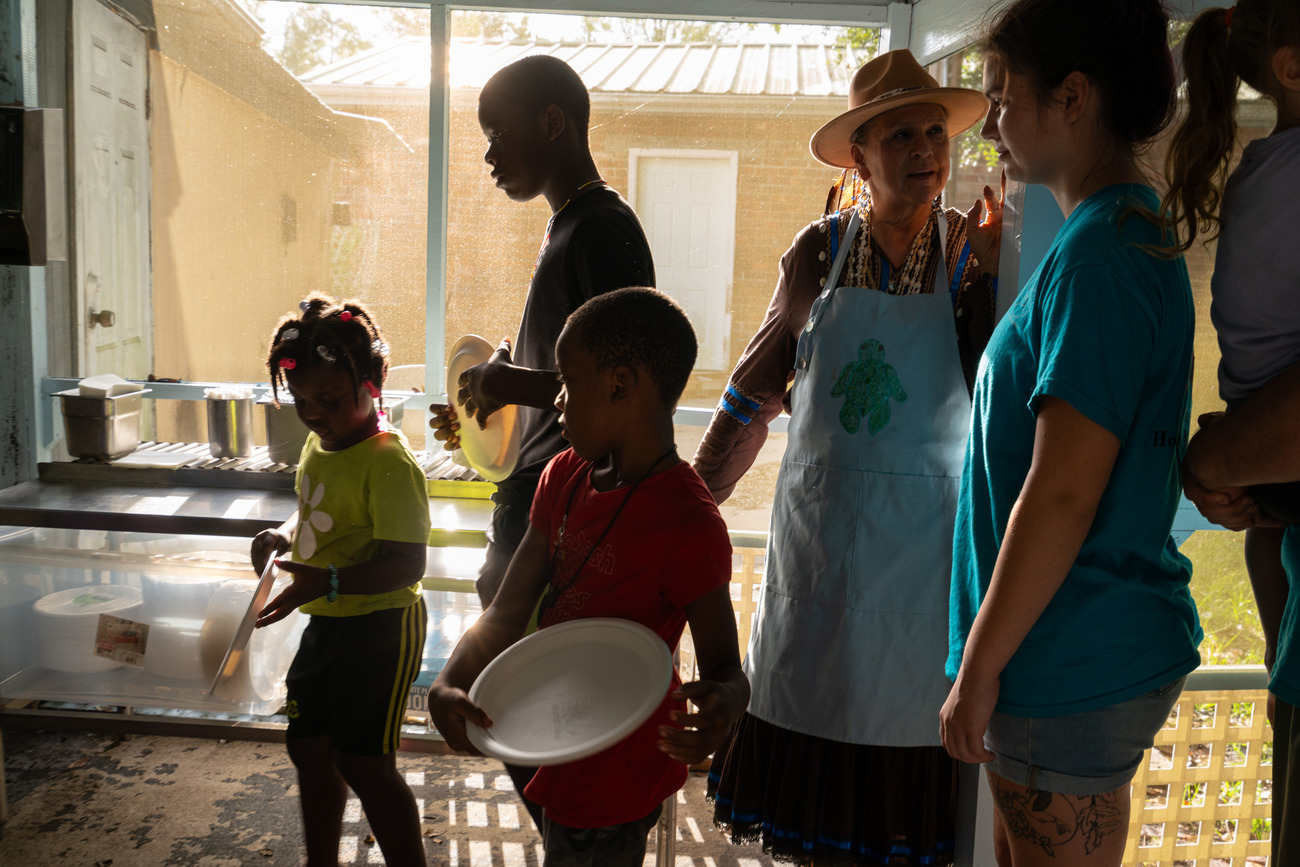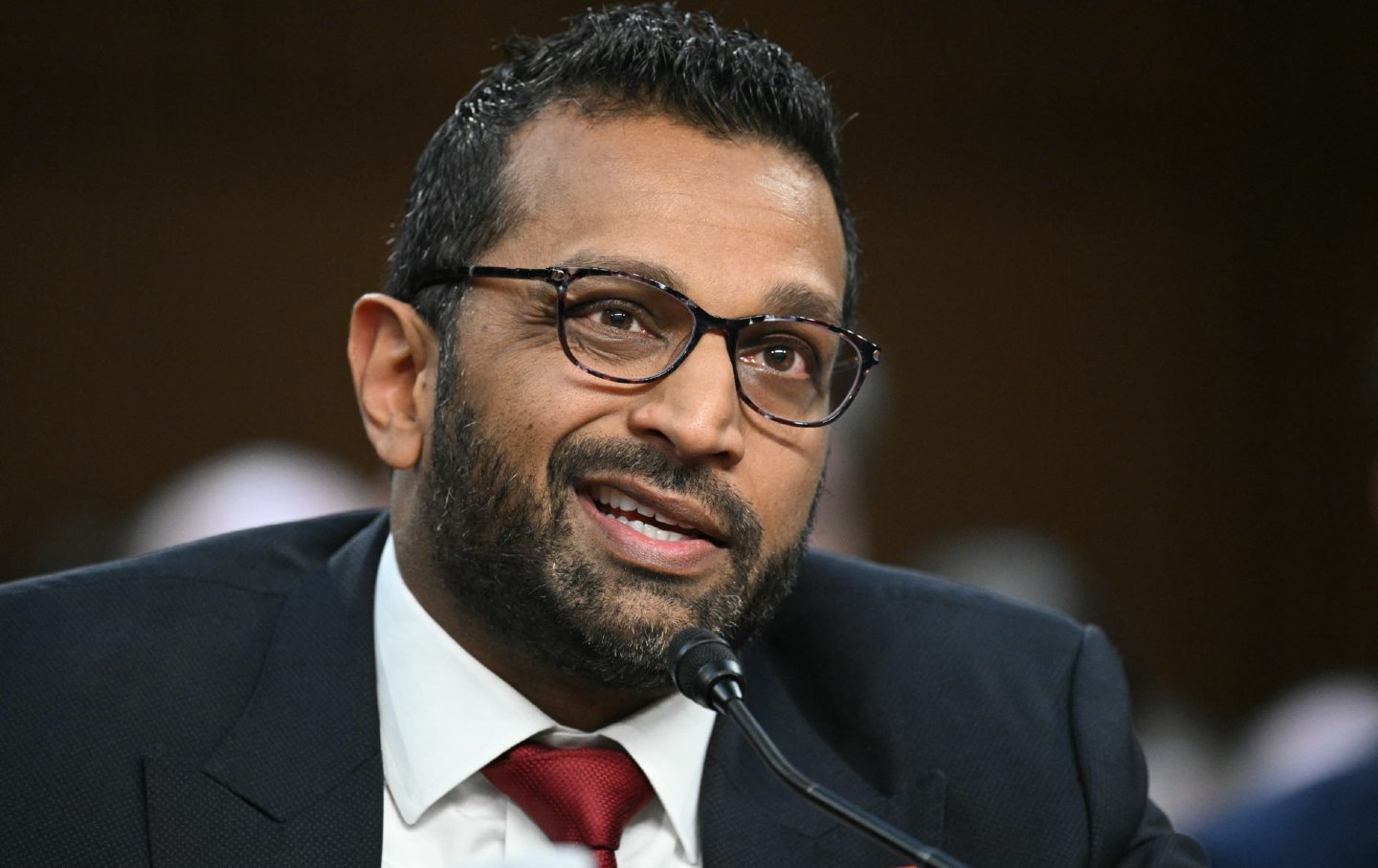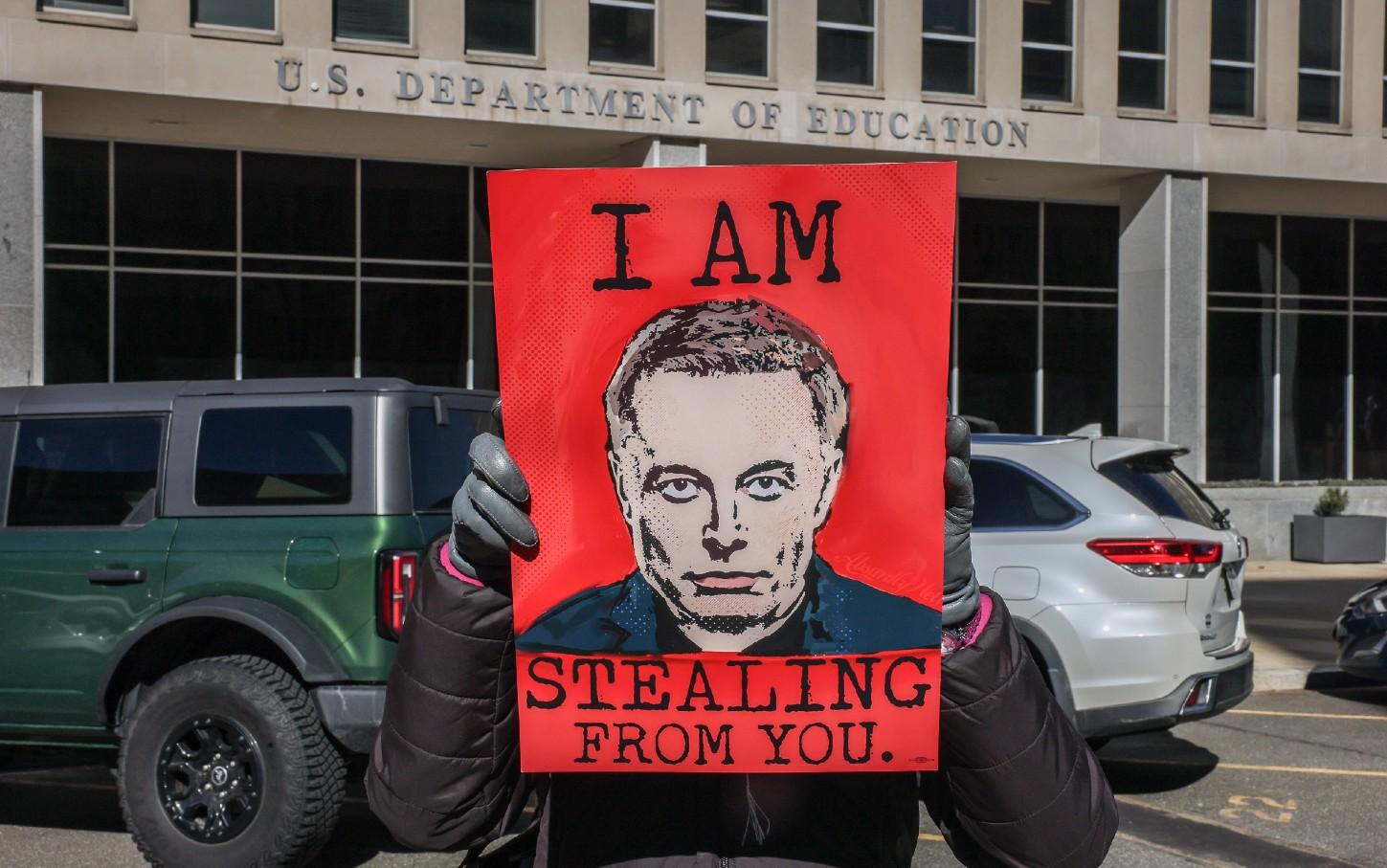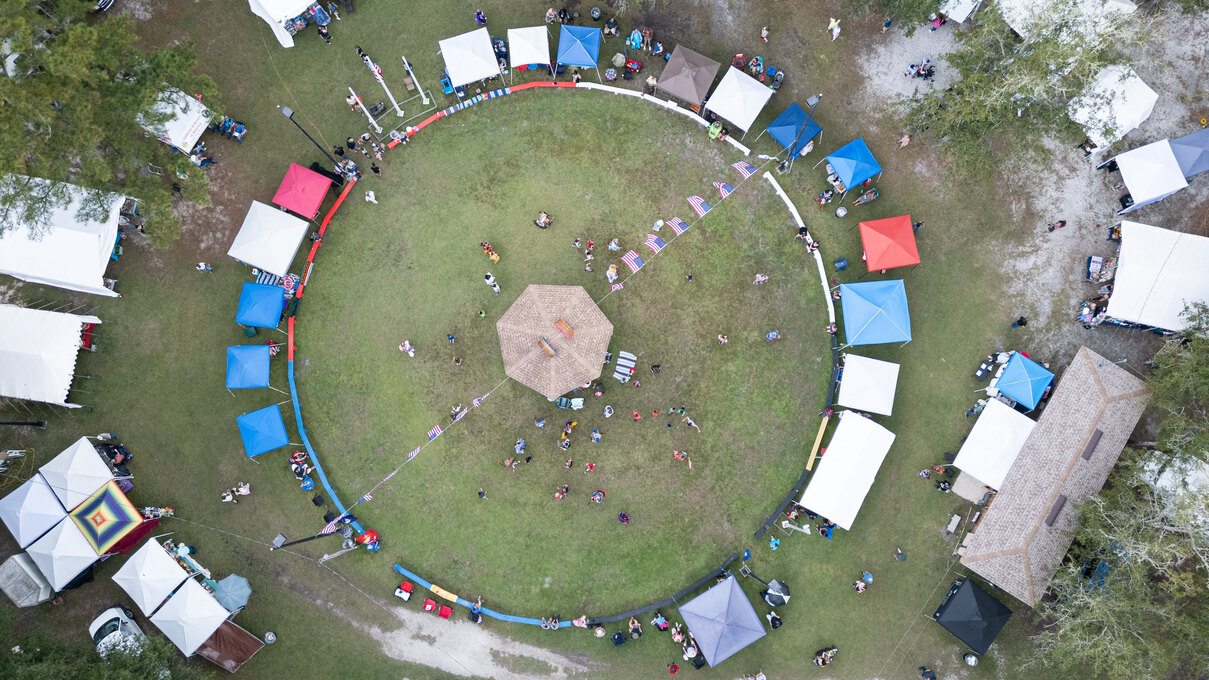
Holding On to Indigenous Heritage in Georgia
Although Georgia is often left out of the Native American narrative, a small but mighty community in the state is keeping a strong grip on its culture and history.
This story is part of States of Our Union, a series presented in collaboration between The Nation, Magnum Photos, and the Economic Hardship Reporting Project.
In many Indigenous cultures, time is cyclical, not linear like in Western traditions. And so to begin the story of Georgia’s Indigenous people, we will start at the end. Which is to say, we’ll start from today and work backward.
While there are currently no federally recognized tribes in Georgia, 2020 Census data tells us more than 214,000 self-identified Indigenous people reside here. Although the past few years have brought long-overdue visibility to Indigenous peoples around the world, Georgia very much remains an oft-forgotten part of our story.
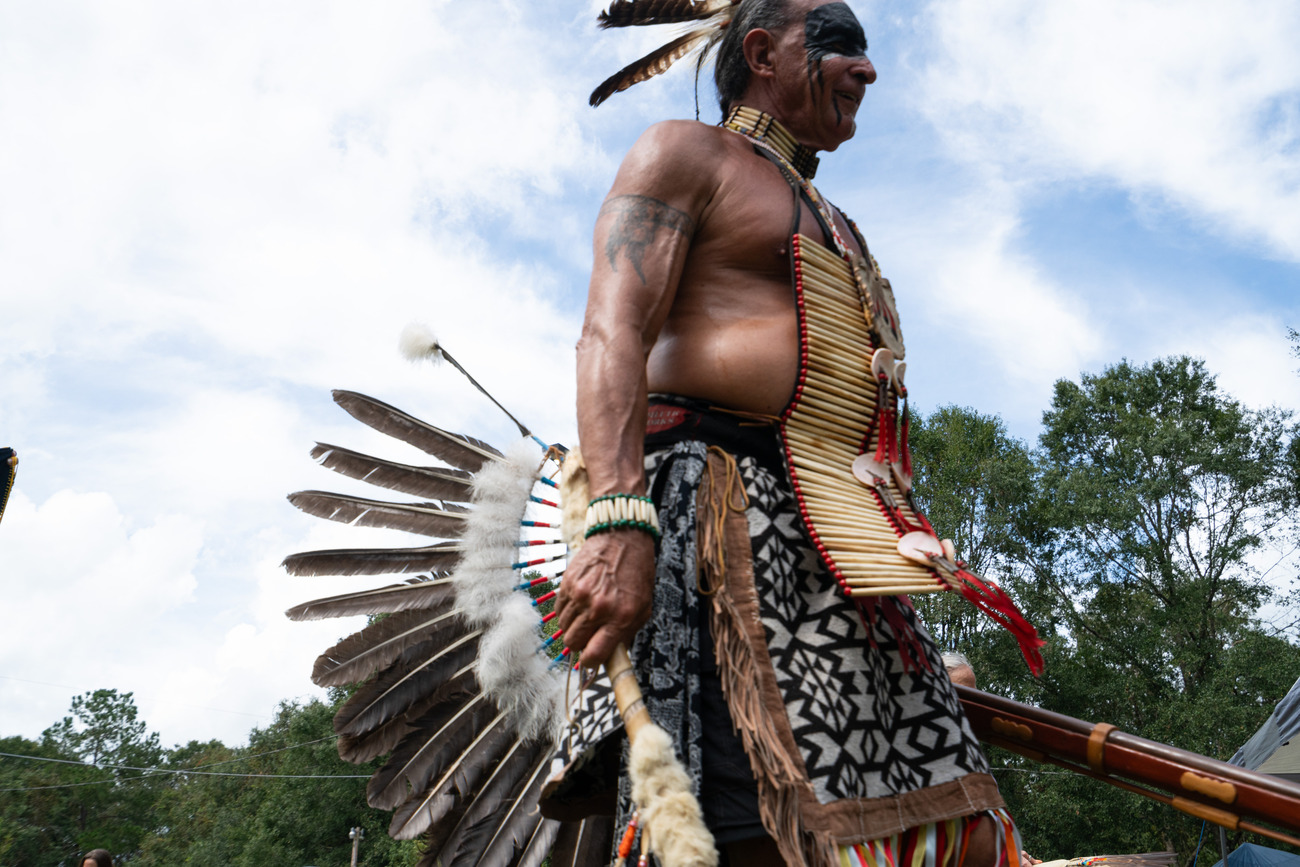
The momentum of recent global racial justice movements combined with the local efforts to stop “Cop City” in Atlanta has led to more attention being paid to Indigenous issues in the region by teachers, nonprofits, city and state representatives, and others. This, in turn, opened up avenues for further conversation and growth, particularly surrounding the continued use of a racially based mascot by Atlanta’s Major League Baseball team, the Braves.
Georgia’s Native American population is as diverse as you might expect, and as Atlanta’s metro area continues to grow and attract people from all over, tribal diversity in the area grows and expands as well.
The state does recognize three tribes: the Cherokee of Georgia Tribal Council, the Georgia Tribe of Eastern Cherokee, and the Lower Muscogee Creek Tribe. While many Native Americans are enrolled citizens of their tribes (regardless of federal recognition status), others are not, due to individual tribal restrictions on membership. Most tribal citizens can vote in their tribal elections even if they don’t live on their reservation.
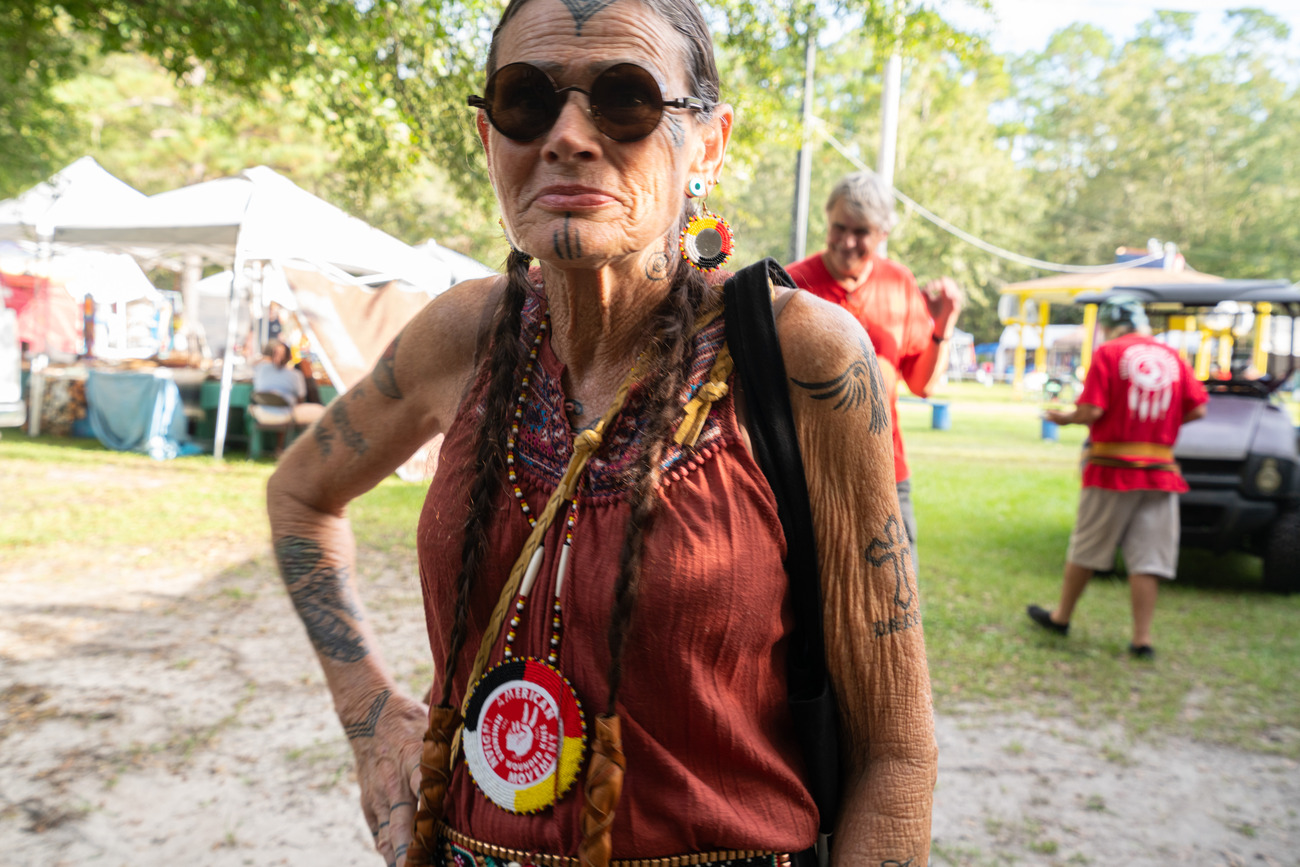
Native Americans didn’t become United States citizens until 1924, when President Calvin Coolidge signed the Indian Citizenship Act. His inspiration is often attributed to the high number of Native Americans who enlisted in the armed forces during World War I, and it would still be some time before Natives gained full civil rights via the Indian Civil Rights Act of 1968.
Almost 100 years earlier, in 1834, four years after President Andrew Jackson successfully passed the Indian Removal Act, the forced removal of Creek citizens began in Georgia, with the removal of the Cherokee beginning in 1838. In the end, more than 60,000 people would be forced from their homes in the Southeastern United States.
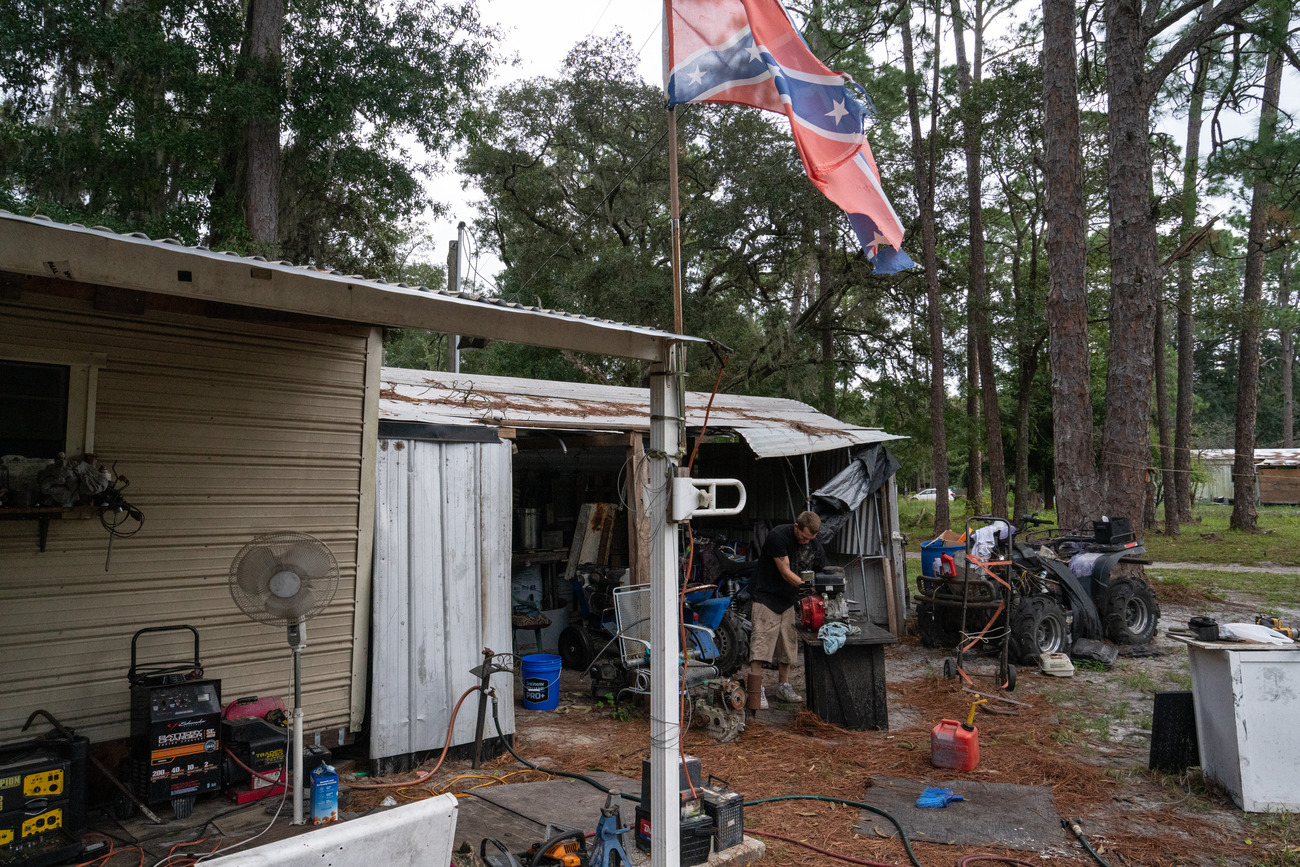
Just before President Jackson’s congressional success, in 1828, the General Council of the Cherokee Nation established a printing press in New Echota, Georgia. The Cherokee Phoenix, published in both Cherokee and English, was the first Native American newspaper in the country.
The land that now makes up the state of Georgia is itself a reflection of the rich history and cultural legacy of the area’s Original Peoples. From mound complexes such as Ocmulgee and Etowah to other sites scattered across the state, these locations provide insight into the lives, beliefs, and traditions of the Indigenous peoples who have lived here for thousands of years.
